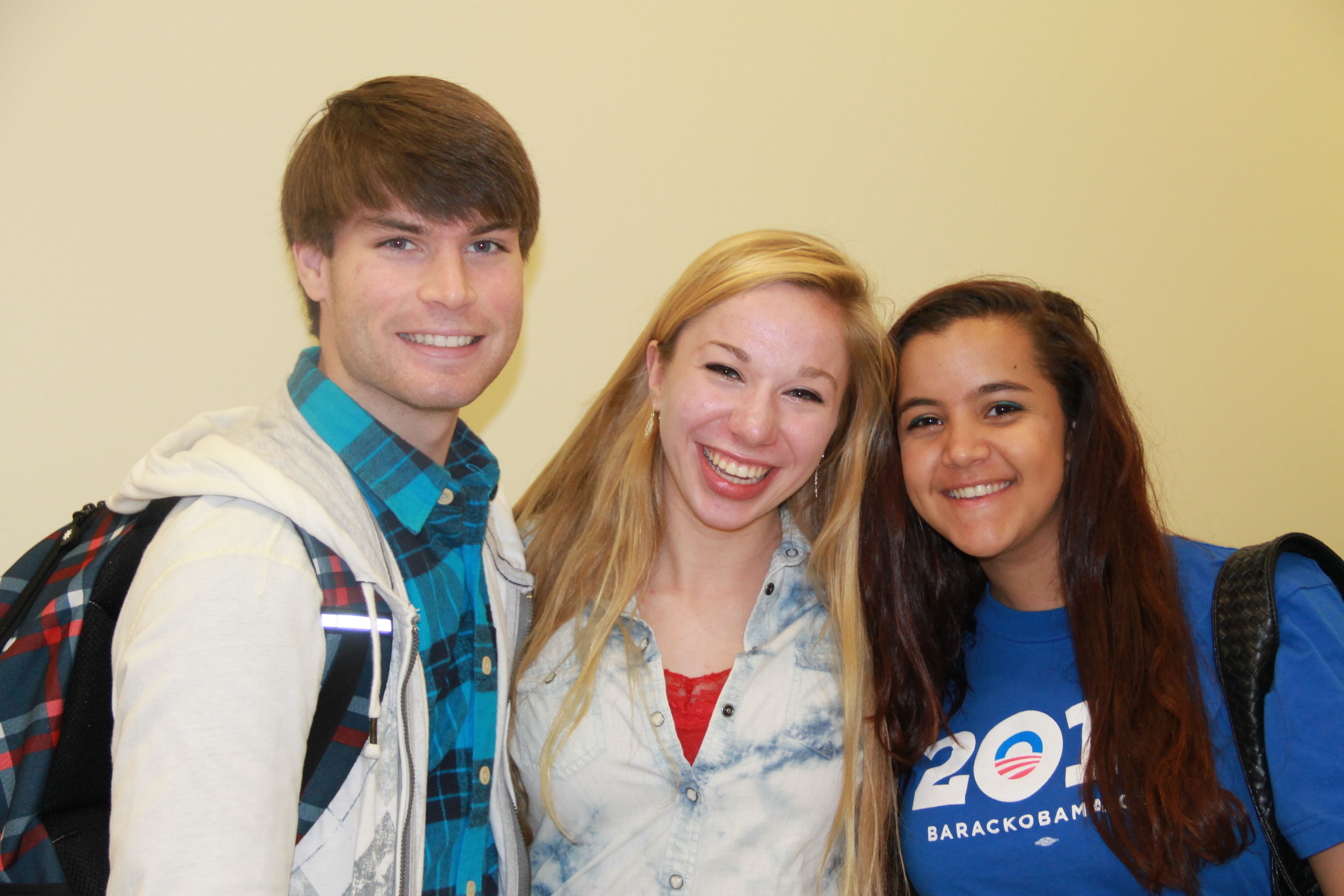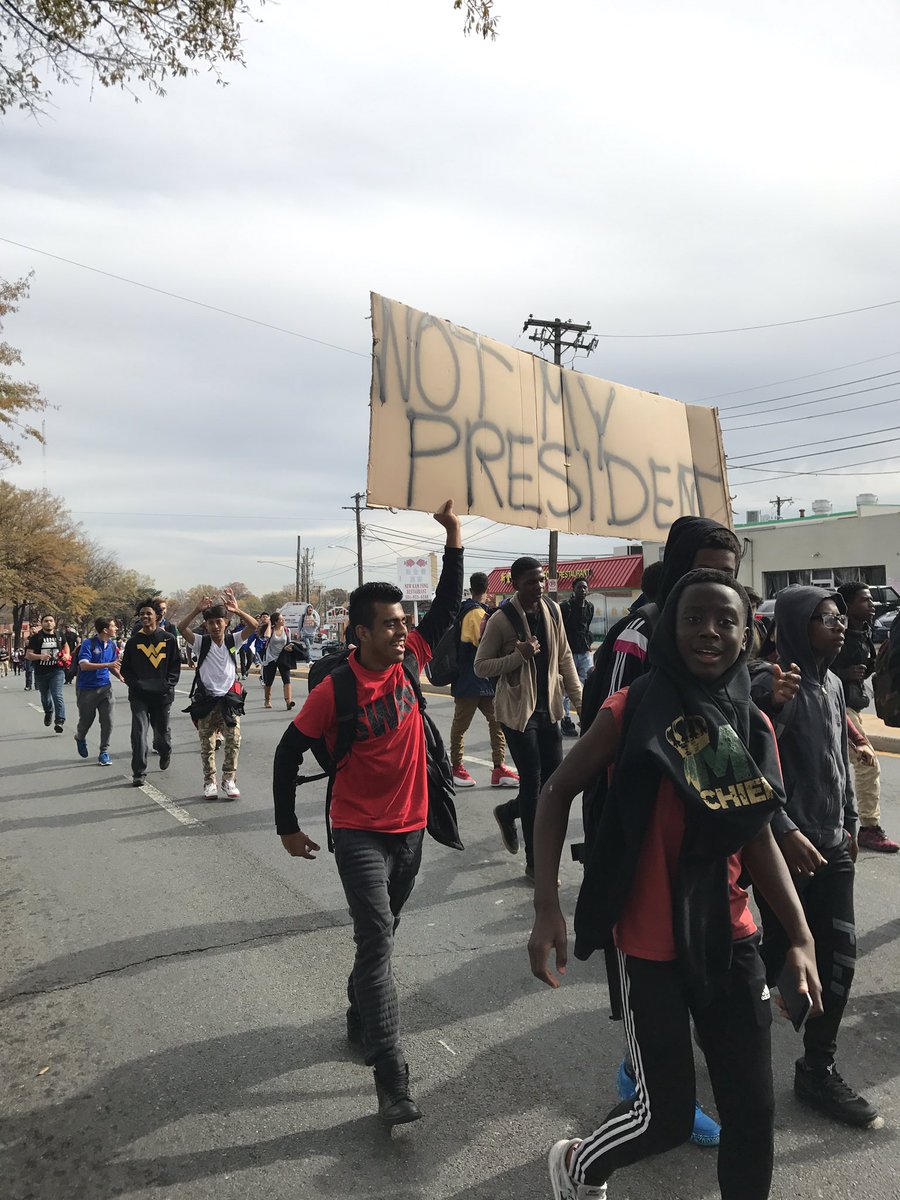Defying predictions about an enthusiasm gap this election cycle, young people turned out to vote this year at about the same record-breaking rate as they did in 2008, even slightly increasing their share of the total electorate to 19 percent, according to an analysis of exit polls.
 Although support for President Barack Obama among young voters showed a six-point drop from 2008, an overwhelming 60 percent between the ages of 18 and 29 chose to re-elect Obama and 37 percent voted for his challenger Mitt Romney, said Peter Levine, director of Tufts’ University’s Center for Information and Research on Civic Learning and Engagement (CIRCLE).
Although support for President Barack Obama among young voters showed a six-point drop from 2008, an overwhelming 60 percent between the ages of 18 and 29 chose to re-elect Obama and 37 percent voted for his challenger Mitt Romney, said Peter Levine, director of Tufts’ University’s Center for Information and Research on Civic Learning and Engagement (CIRCLE).
“This voting bloc can no longer be an afterthought to any political party or campaign,” Levine said.
An estimated 22 million young people voted in this election, totaling at least 49.3 percent of all of 18-to-29-year-olds who are eligible to vote, Levine said. That percentage is equal to exit polls at this stage in 2008 and is expected to rise as election returns continue to come in, he said. He expects it to ultimately equal the 52 percent turnout rate for that age group in 2008.
In fact, young voters made up 19 percent of all the people who turned out to vote yesterday, an increase of about one point from the last presidential election, Levine said.
That consistency in youth turnout over the last couple of presidential election cycles has created “a new normal,” said Heather Smith, president of the nonprofit, nonpartisan organization Rock the Vote.
“We have been fighting stories that this generation has the same apathy as Generation X,” Smith said. “I think we’ve now established a fairly decent pattern that this generation is different than their older brothers and sisters.”
Voters under 30 years old won Pennsylvania, Ohio, Virginia and – as looks likely – Florida, for Obama, Smith said.
“If they hadn’t shown up or voted for Barack Obama in such great numbers, we would be celebrating President Romney today,” Smith said. “This generation is incredibly diverse, a large subset is Hispanic and is continuing to grow.”
While young voters consistently describe the economy as their top concern, Smith said, social issues matter to them as well. “They want to live in a world where certain things are established – climate change, women’s rights and gay rights – all of those things are particularly important,” Smith said.
“Young people are savvy,” she said. “They’re committed to the idea that their participation is key to taking back power in this country.”
That commitment showed in states like California, Arizona and Massachusetts, where young people were instrumental in deciding key races, according to Smith and Levine.
In California, they showed up to vote at a greater rate than older voters: While 18- to 29-year-olds represent 23.5 percent of eligible voters in California, they made up 28 percent of all those who actually voted.
“They punched above their weight,” Levine said, speculating that the high turnout in California could be due to certain ballot measures.
In Massachusetts, Elizabeth Warren was elected to the U.S. Senate with 61 percent of the youth vote, while her opponent, incumbent Sen. Scott Brown, performed dismally with that demographic. When Brown first took his seat in a special election, youth turnout was particularly low, Levine pointed out.
And 63 percent of young people turned out to vote in Arizona, Levine said.
Danny Lee, 20, a college junior majoring in government, helped turn Virginia over to Obama Tuesday and provided a glimpse into the president’s appeal to young voters.
“I see his vision as something for the 21st century,” Lee said, pointing to the president’s policies on investing in green technology, improving access to health care, and increasing access to higher education.
“The president’s plan has laid the groundwork for the economy of the future,” Lee said.
Photo by Kaukab Jhumra Smith.


























